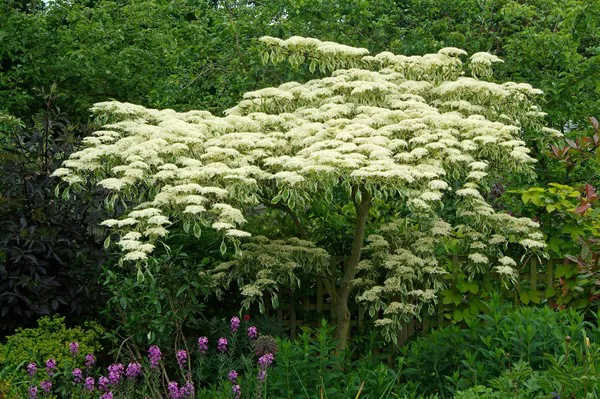In the intricate tapestry of ecosystems and human habitats, pests play a significant role, often disrupting harmony and causing damage. Understanding the meaning of pests and their diverse types is crucial for effective pest management strategies. In this comprehensive guide, we delve into the concept of pests, exploring their definition, characteristics, and various types that impact both natural and human environments.
Defining Pests: Unveiling Their Meaning
The term “pest” refers to any organism that adversely affects human activities, agriculture, ecosystems, or human health. Pests can include insects, rodents, weeds, pathogens, and other organisms that cause harm or nuisance. Their presence can result in economic losses, damage to crops, destruction of property, transmission of diseases, and disruption of ecological balance. The classification of an organism as a pest often depends on its impact on human interests and the environment.
Types of Pests: A Diverse Spectrum
Pests encompass a diverse array of organisms, each with unique characteristics, behaviors, and impacts. Understanding the different types of pests is essential for implementing targeted pest control measures. Common types of pests include insects, rodents, weeds, pathogens, and nuisance wildlife.
1. Insects: The Most Diverse Group of Pests
Insects represent the largest and most diverse group of pests, with over one million described species worldwide. They inhabit virtually every ecosystem on Earth and can cause significant damage to crops, forests, stored products, and structures. Common insect pests include beetles, moths, flies, ants, termites, and mosquitoes. In agricultural settings, crop pests such as aphids, caterpillars, and beetles can reduce yields and impact food security.
In addition to direct damage, insects can also act as vectors of diseases, transmitting pathogens to humans, animals, and plants. Mosquitoes, for example, are notorious vectors of diseases such as malaria, dengue fever, and Zika virus. Understanding the biology, behavior, and ecology of insect pests is essential for developing effective control strategies.
See Also: What is the pest of an insect?
2. Rodents: Pervasive Nuisances in Human Habitats
Rodents, including rats and mice, are common pests in both urban and rural environments. They are adept at exploiting human habitats for food, shelter, and breeding sites. Rodents can cause damage to property by gnawing on structures, electrical wiring, and stored goods. They are also known carriers of diseases such as leptospirosis, hantavirus, and salmonellosis, posing health risks to humans and animals.
Controlling rodent populations often involves a combination of sanitation practices, exclusion measures, and baiting or trapping. Proper waste management, sealing entry points, and maintaining clean living spaces are essential for reducing rodent infestations. Understanding the behavior and biology of rodents can help develop targeted control strategies to mitigate their impact.
3. Weeds: Unwanted Invaders in Agricultural and Natural Settings
Weeds are plants that grow in undesirable locations and compete with cultivated crops or native vegetation for resources. They can reduce crop yields, impede agricultural operations, and alter ecosystems. Weeds are highly adaptable and can thrive in a variety of environments, from agricultural fields to urban landscapes.
Common weed species include broadleaf weeds, grasses, and vines. They reproduce rapidly and can spread through seeds, rhizomes, or vegetative propagation. Weed control methods vary depending on the species and the environment. Strategies may include mechanical removal, herbicide application, mulching, and cultural practices such as crop rotation and cover cropping.
4. Pathogens: Microscopic Threats to Health and Agriculture
Pathogens are microorganisms, including bacteria, viruses, fungi, and nematodes, that cause diseases in humans, animals, and plants. They can spread rapidly under favorable conditions, leading to epidemics and significant losses. Plant pathogens, such as fungi and bacteria, can cause crop diseases, reducing yields and quality.
In human and animal health, pathogens are responsible for a wide range of diseases, from common infections to life-threatening illnesses. Controlling the spread of pathogens often involves measures such as vaccination, quarantine, sanitation, and the use of antimicrobial agents. Understanding the transmission pathways and biology of pathogens is essential for preventing and managing disease outbreaks.
5. Nuisance Wildlife: Encroaching on Human Spaces
Nuisance wildlife refers to animals that cause damage or nuisance in urban or suburban areas. Common examples include raccoons, squirrels, skunks, and birds. Nuisance wildlife can damage property, raid garbage bins, and create unsanitary conditions. They may also pose risks to human health and safety through aggressive behavior or the transmission of diseases.
Managing nuisance wildlife often requires a combination of deterrents, exclusion measures, and humane removal techniques. Habitat modification, such as securing trash cans and sealing entry points, can help prevent wildlife from accessing human habitats. Understanding the behavior and ecology of nuisance wildlife species is essential for developing effective management strategies.
Conclusion
In conclusion, pests encompass a diverse range of organisms that pose challenges to human activities, agriculture, ecosystems, and health. Understanding the meaning of pests and their various types is crucial for implementing effective pest management strategies. Whether it’s insects, rodents, weeds, pathogens, or nuisance wildlife, each type of pest presents unique challenges and requires tailored control measures. By comprehending the characteristics, behaviors, and impacts of pests, individuals, communities, and policymakers can develop sustainable approaches to minimize their adverse effects and maintain healthy environments.


